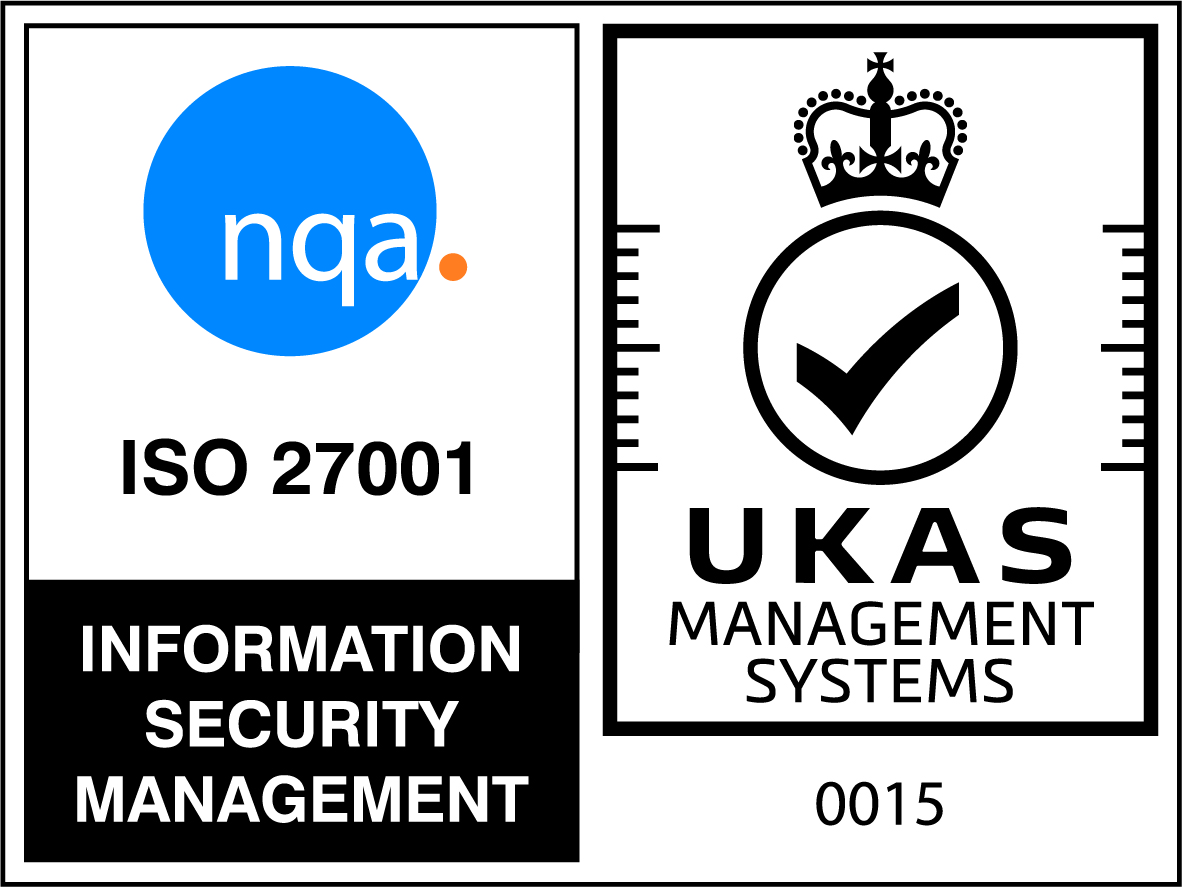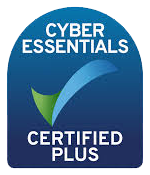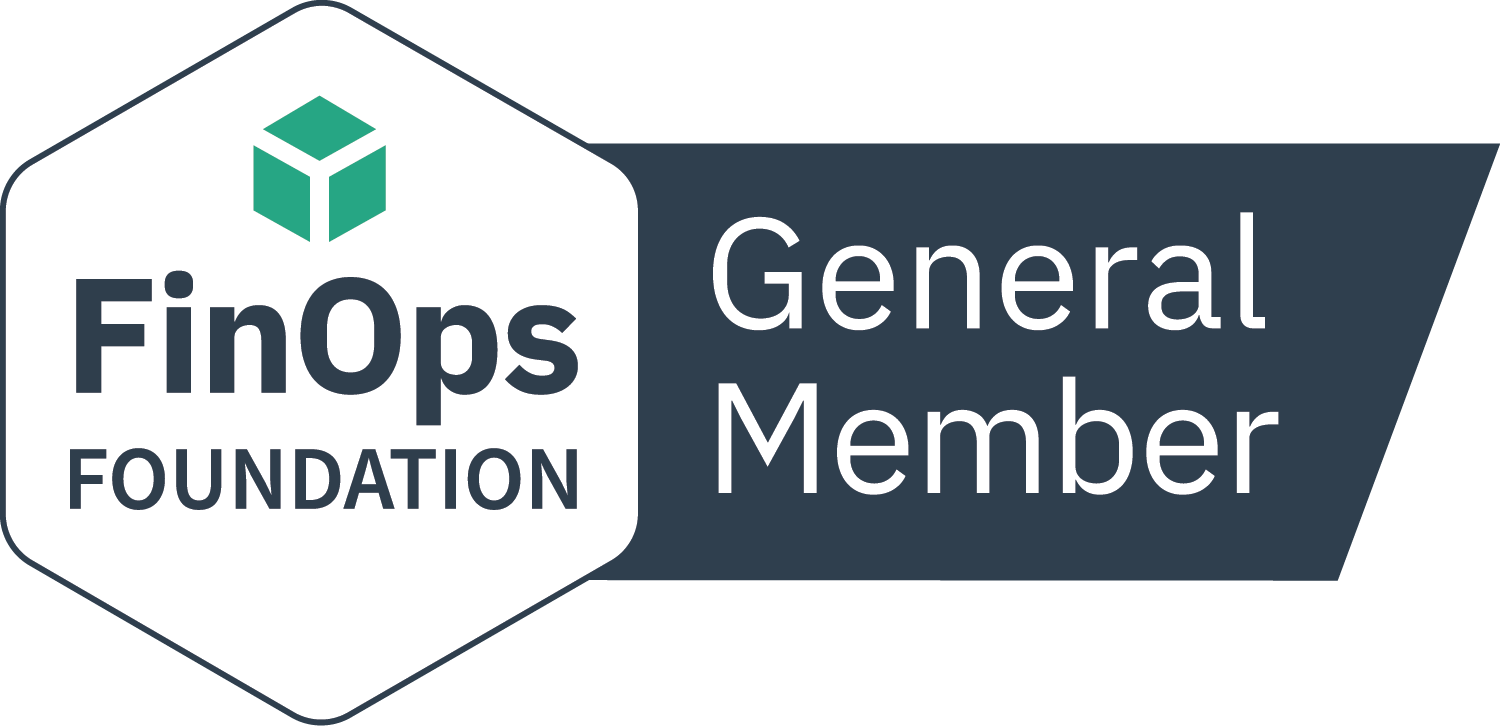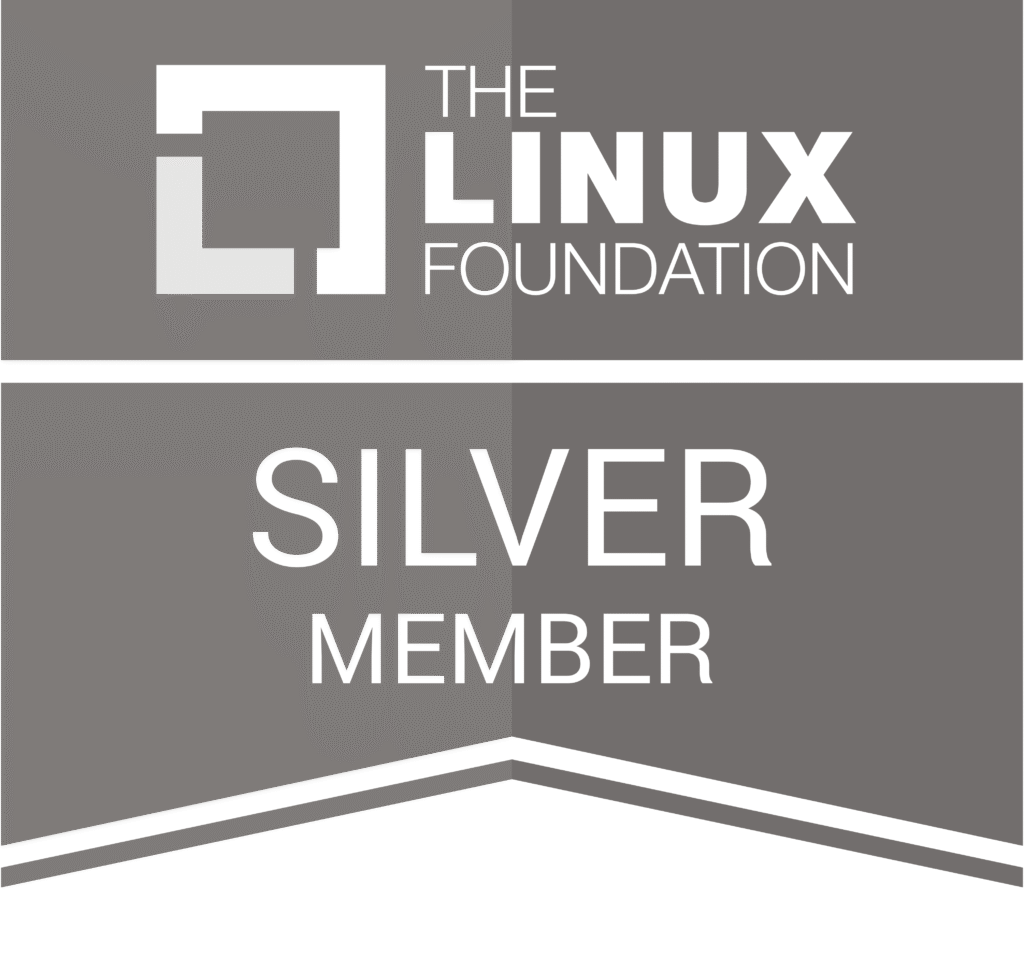In the demanding and data-heavy world of healthcare, clarity is critical. For one major healthcare organization in London, IT Asset Management (ITAM) had long been a gap; an invisible tangle of unknowns and untracked assets, with no visibility into hardware or software estates. There was no central system in place, no governance around asset lifecycle, and no single source of truth. IT operations were fragmented and reactive, not strategic.
In short, it was chaos and the organisations IT spending was not being optimised.
The Starting Point: A Complete Lack of Visibility
The organization’s IT team found itself in a position that’s not uncommon in the public healthcare sector: they were under-resourced, under-pressure, and lacking the tools needed to bring order to their infrastructure. There was no ITAM solution in place at all, no visibility of hardware assets, no software compliance posture, and no way to understand who was using what, where, or why.
IT tooling decisions were made in isolation, often duplicating effort or leading to inefficiencies. What they needed was more than just a software solution, they needed a strategy. A platform that could serve as the foundation for operational excellence, long-term cost control, and better patient care outcomes.
Enter Certero.
How Certero helped take control of IT Assets
The decision to purchase and implement Certero was driven by several critical needs:
- Ease of Use: With no existing solution or mature ITAM process, the healthcare organization needed a platform that was intuitive and user-friendly for both IT and non-IT stakeholders.
- Dynamic Grouping & Metadata Management: Certero’s ability to dynamically group devices and attach metadata, such as ownership, asset lifecycle stage, or user information, was invaluable.
- Licensing Intelligence: With significant spend across Microsoft and other Tier 1 vendors, Certero’s advanced license management capabilities were key. They needed to understand entitlements, optimize usage, and reduce unnecessary costs.
- Modular Architecture: The ability to scale Certero’s functionality based on business maturity and budget availability made it an attractive long-term investment.
- Professional Services Support: In the first year, Certero’s Professional Services team played a vital role in stabilizing the environment. With their help, the organization rapidly built a working model of ITAM best practices. By the second year, the internal team had the skills and processes in place to manage the platform independently.
From Zero to Full Visibility
Implementation began with a full discovery and inventory sweep. Within weeks, the organization had visibility into thousands of assets across the region. But this was more than just a list of devices, it was actionable data.
They began storing company-specific data as User-Defined intelligence against assets, customizing their asset taxonomy to align with internal terminology and workflows. Devices and users were tagged with location data, which revealed exactly where assets were deployed, supporting better logistics, audits, and redeployment efforts.
Most critically, Certero became the single source of truth, the bedrock upon which other IT tooling and business processes could align.
Tangible Business Outcomes
Certero didn’t just improve visibility, it delivered real, measurable impact:
- Licensing Optimization: By using Certero’s license management tools, the organization reduced Tier 1 vendor software spend from £1.1 million to £500,000, without compromising compliance.
- Lifecycle Process Integration: The introduction of a structured hardware lifecycle aligned with industry best practices brought discipline to how assets were acquired, deployed, supported, and retired.
- Governance & Collaboration: New internal business processes were established to ensure that IT, procurement, and operational teams all had a role in the asset management journey. This cross-functional approach ensured that nothing was done in isolation.
- Strategic Planning: The quality of data in Certero was so reliable that it began informing budgeting and planning activities, helping the organization forecast refresh cycles, software renewals, and project-based investments.
- Return on Investment: The cost savings and efficiencies achieved in year one alone were enough to pay for the tool outright. Over a 3-year period, the organization reported full ROI recovery, making Certero not just a cost but a cost-saving tool.
And importantly, these savings and efficiencies weren’t just redirected back into IT, they were channelled into patient care, helping to fund critical services and improve patient outcomes.
A Model for ITAM in Healthcare
This journey from chaos to clarity demonstrates the transformative potential of mature IT Asset Management in the healthcare sector. What began as a desperate need for visibility became an enterprise-wide platform for better decision-making, cost control, and strategic agility.
For healthcare providers navigating the pressures of rising costs, strict compliance requirements, and increasing digital demands, Certero offers a proven path forward. It’s not just about software inventory, it’s about empowering IT to serve the mission of healthcare more effectively.
In today’s climate, where every pound counts and patient care is paramount, clarity isn’t a luxury, it’s a necessity. Thanks to Certero, this London healthcare organization now has it.
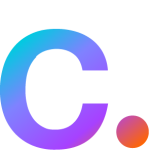
Blake Reader – Customer Success Manager
Blake Reader is a Customer Success Manager at Certero, supporting organizations across the public sector in maximizing the value of their IT investments. Blake works closely with customers to drive successful adoption of IT Asset Management strategies, helping them gain visibility, control costs, and turn data into action. His hands-on approach ensures that Certero’s technology delivers lasting, measurable outcomes, from operational efficiency to improved patient care.

